Strength training on the uninjured limb can minimize strength loss in the injured limb.
Getting a broken leg or arm can impede your workout since the injured limb is likely to be immobilized. While you can still do arm curls or leg extensions on the healthy limb, your injured one does not get the same benefits. However, do not fret about your injured limb becoming a skinny and weak version of its better half. Research in the past 120 years has yielded some promising investigations in reducing the risk of losing strength and increasing recovery rate of the injured limb.
A recent study published in Neuroscience investigated whether eccentric or concentric unilateral strength training changes or modifies corticospinal excitability, inhibition and the cross-transfer of strength differently. The corticospinal tract, which includes nerves that connect the cerebral cortex to the brainstem, is responsible for voluntary motor control of your skeletal muscles. (1)
Twenty-seven healthy young men and women, who had not performed any strength training in the past 12 months, volunteered to be in the 4-week study and were randomly assigned to three groups: 1) eccentric training; 2) concentric training; 3) no exercise (control). The exercise groups performed wrist flexing exercises (right wrist) during each session three times a week, four sets of six to eight reps of maximal eccentric or concentric contractions with a three-minute recovery period between sets. The researchers recorded their EMG activity through the sessions, including the untrained limb.
While both exercise groups had similar strength benefits and outcomes (concentric group increased concentric strength by 62%; eccentric group increase eccentric strength by 64%), the latter group had a cross-transfer of strength at 47% while the former had a 28% cross-transferability. The researchers concluded that eccentric training had higher strength transfer to eccentric, isometric, and concentric strength than concentric training.
Despite a few limitations in the study, such as whether the low-intensity muscle contractions could be applied to activities of daily living that require higher levels of muscle contraction of the wrist and forearms, the researchers find that the evidence and results are very similar to previous research. They concluded, “These findings have important clinical implications as previous research showed that during periods of limb immobilization and wrist fractures, unilateral strength training can attenuate the loss of muscle function and atrophy. Importantly, the current study shows that high-effort eccentric training,results in greater levels of strength transfer that is modulated, at least in part by a reduction in corticospinal inhibition.”
What Is Cross Education?
Cross education is the ability of an injured and healing limb to increase its capability to produce force while training the healthy, uninjured limb with resistance training. In other words, the injured limb could get stronger even though it has not lifted one rep of weight. So if your arm has healed and you want to resume strength training in the healed but weaker limb, the amount of force it can generate would be higher than someone else with the same injury as you did but didn’t perform any unilateral training on his or her healthy arm.
Cross education also refers to the transfer of skills from one limb to another. For example, if you were to practice a karate front kick with your right leg, your left leg could perform the same movement pattern even without previous training.
Dr. Edward Wheeler Scripture (1864-1945), who was an American psychologist, physician, and speech scientist, talked about a few experiments that he and a few other colleagues conducted at Yale University. One female squeezed a rubber bulb as hard as she could with her right hand ten times, in which the bulb was part of the apparatus of a mercury-dynamometer. An assistant recorded the amount of force exerted indicated by the mercury gauge, and the experiment was repeated for nine consecutive days with the same student.
At the end of the trial, Scripture wrote, “Thus the left hand had gained about fifty per cent in strength through practice of the right hand. This peculiar phenomenon of transference of the effects of practice from one side to the other I have ventured to call ‘cross-education’.” Scripture performed more experiments that involved more specific movement patterns on one limb. This was one of the earliest documentation and research behind cross education.
Since then, numerous research demonstrated the effects of muscles and motor patterns from cross education. However, very little is understood about how it works on a neurological level.
According to a review that was published in Sports Medicine, what is currently known about cross education is that it affects large muscles and small intrinsic muscles in the limbs and is not gender or age-specific. Cross education occurs when the movement is voluntary, muscles are electrically stimulated, or mentally visualized. (2)
The authors of the review, Dr. Michael Lee and Dr. Timothy Carroll, proposed two hypotheses that could be investigated with current research techniques.
1. Changes in the organization of the motor pathways during unilateral exercise in the working limb could also affect the opposite untrained limb, which can produce an “efficient neural drive to the untrained muscles,” which could improve strength. This is based on the on the evidence that unilateral voluntary contractions can “acutely alter the excitability of spina and cortical motor pathways that project to the contralateral side. Thus, repeating the contractions in the long-term may motor skills and function.
2. Resistance training can be considered as a form of motor learning, and neural changes and adaptation of the motor areas that controls voluntary movement can also be somehow accessed by the opposite hemisphere of the brain, which controls the opposite limb.
These two hypotheses are not exclusive, and both could happen together.
It may be a decade or more before we have any hard evidence that helps to explain the underlying mechanisms of cross education. Meanwhile, manual therapists and personal trainers could use what current evidence we have about cross education in aiding patients and clients recover better via movement and exercise within each profession’s scope of practice.
References
1. Kidgell DJ, Frazer AK, Daly RM, Rantalainen T, Ruotsalainen I, Ahtiainen J, Avela J, Howatson G. Increased cross-education of muscle strength and reduced corticospinal inhibition following eccentric strength training.
Neuroscience. 2015 Aug 6;300:566-75. doi: 10.1016/j.neuroscience.2015.05.057. Epub 2015 May 30.
2. Lee M, Carroll T. Cross Education. Possible Mechanisms for the Contralateral Effects of Unilateral Resistance Training. Sports Medicine. 2007;37(1):1-14. doi.org/10.2165/00007256-200737010-00001.
A native of San Diego for nearly 40 years, Nick Ng is an editor of Massage & Fitness Magazine, an online publication for manual therapists and the public who want to explore the science behind touch, pain, and exercise, and how to apply that in their hands-on practice or daily lives.
An alumni from San Diego State University with a B.A. in Graphic Communications, Nick also completed his massage therapy training at International Professional School of Bodywork in San Diego in 2014.
When he is not writing or reading, you would likely find him weightlifting at the gym, salsa dancing, or exploring new areas to walk and eat around Southern California.

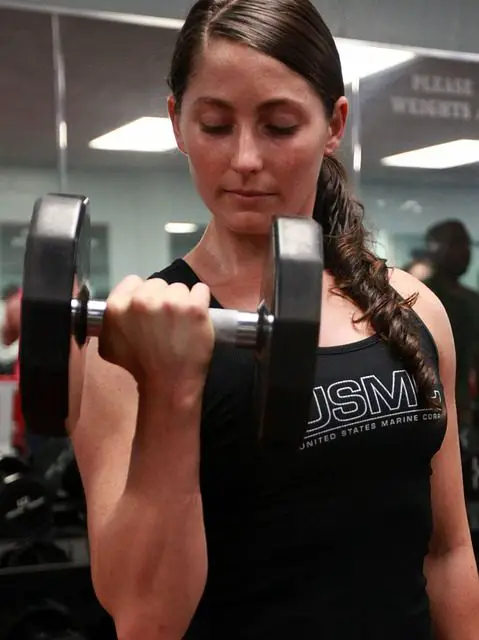
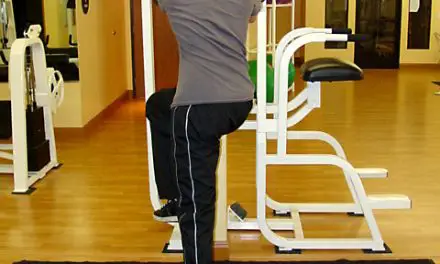
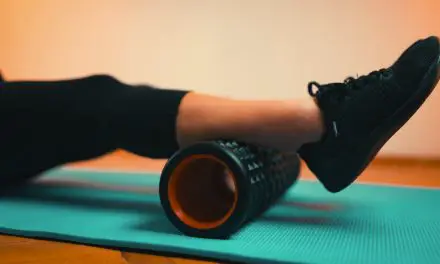
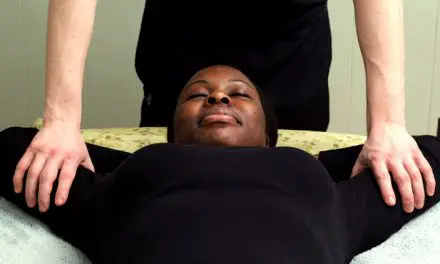
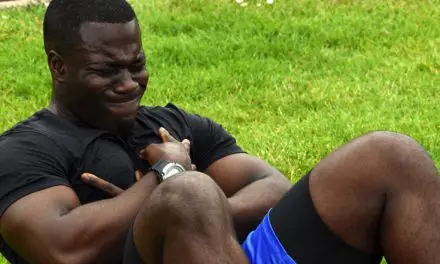

Is there a content error, here?
“One female squeezed a rubber bulb, [… ] as hard as she could with her left hand ten times.”
“”Thus the left hand had gained about fifty per cent in strength through practice of the right hand.””
Shouldn’t the first sentence be that the female squeezed with her right hand?